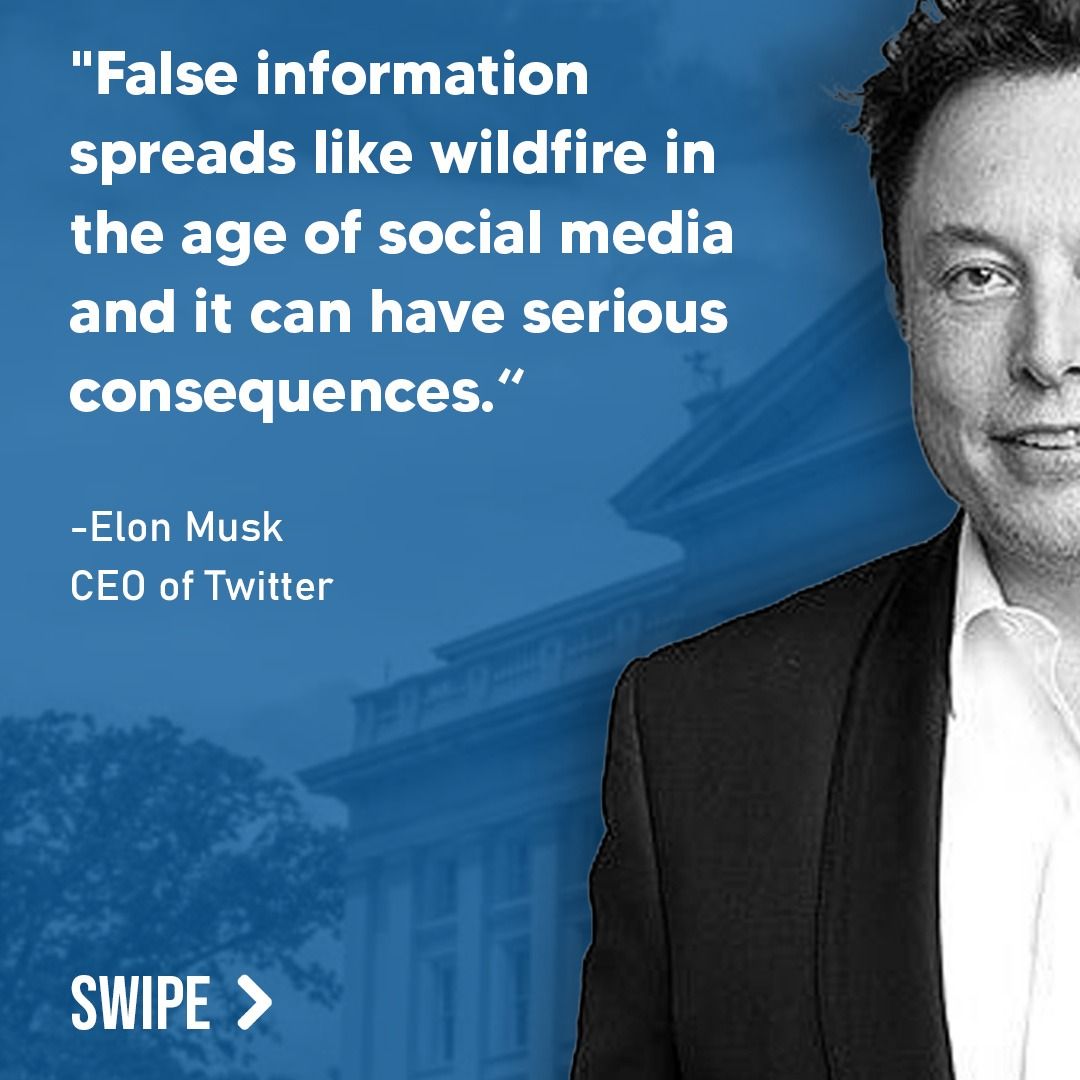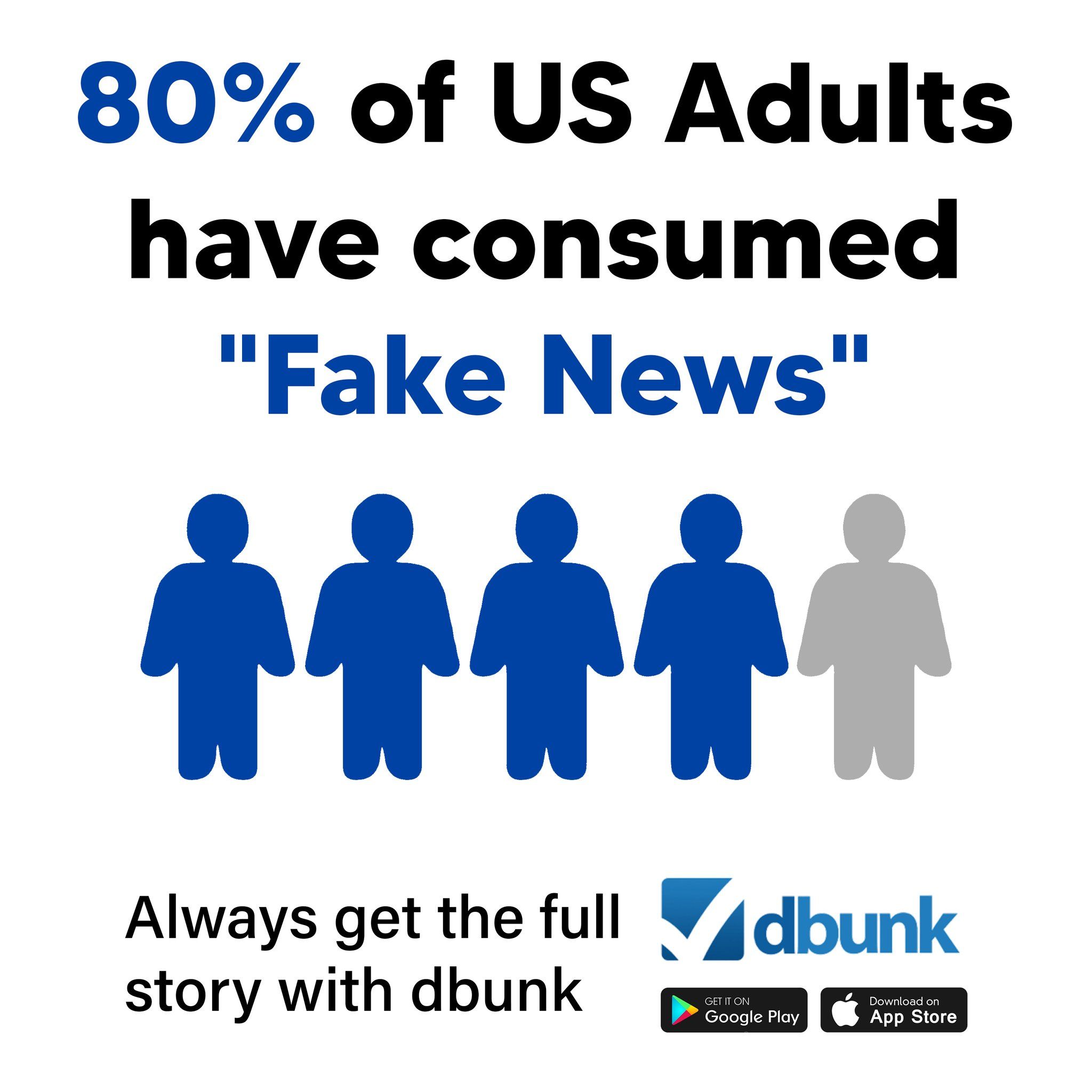
Introduction
Rumors of iPhones skyrocketing in price due to newly imposed tariffs by former President Donald Trump have triggered concern among Apple users and economists alike. A recent BBC article raised questions about whether Apple intends to pass those additional import costs on to consumers. With technology being a vital part of daily life, understanding the facts behind these fears is key. In this fact-check, we’ll examine the truth behind the claims and clarify what Apple users can realistically expect.
Historical Context
Tariffs have long been a tool used by U.S. presidents to influence international trade, incentivize domestic manufacturing, or penalize certain countries. During his presidency, Donald Trump significantly ramped up tariffs on Chinese goods, including electronics. This most recent policy—imposing a 145% import tariff on Chinese tech products—is among the highest ever. Apple, historically reliant on Chinese manufacturing, now finds itself at the center of this economic clash. Meanwhile, efforts by Apple to shift production to countries like India and Vietnam signal how seriously it takes these challenges.

Fact-Check of Specific Claims
Claim #1: “iPhone prices in the US could rise by hundreds of dollars due to Trump’s tariffs on Chinese goods.”
This statement is plausible but exaggerated in some estimates. According to UBS, a China-made iPhone 16 Pro Max could rise from $1,199 to nearly $1,999 if full tariff costs are passed to consumers—a 67% increase, not a tripling as some article interpretations hint. However, many analysts suggest Apple has room to absorb some of the cost. Forrester’s Dipanjan Chatterjee highlighted Apple’s strong profit margins that would allow the company to manage price hikes over time. Additionally, about 20% of iPhones sold in the U.S. are now made in India, reducing full dependence on China and mitigating some effects of the tariffs. Thus, while substantial price hikes are possible, predicting a universal “hundreds of dollars” increase oversimplifies the complex pricing decisions Apple must make.
Claim #2: “Apple is likely to raise iPhone prices globally to prevent arbitrage between countries.”
This claim is supported by historical pricing strategies Apple has employed. As expert Ben Wood indicated in the article, Apple typically maintains consistent pricing across international markets to avoid gray-market reselling and maintain brand consistency. Analysts have noted that Apple has sometimes slightly adjusted prices regionally due to tax or currency shifts, but widespread intentional underpricing in one region to offset overpricing in another hasn’t been part of their model. Therefore, it is credible that Apple would adjust prices globally rather than solely in the U.S. due to tariffs, especially in the face of differing tariff regimes. But whether they will actually do so in this instance remains speculative as Apple has not yet announced pricing adjustments.

Claim #3: “The iPhone 16 could cost up to $3,500 if made in the USA.”
This figure is based on analysis from Dan Ives of Wedbush Securities, who projected that building an iPhone domestically with current infrastructure and costs could lead to a final price tag between $2,500 and $3,500. While technically accurate, this scenario assumes a complete onshoring of manufacturing which Apple has not committed to. As of now, Apple continues to diversify rather than entirely relocate its supply chains, investing more heavily in production in India and Vietnam. So although this estimate provides a hypothetical worst-case scenario, it does not reflect current Apple policy or an imminent shift to fully US-based production. Thus, the claim reflects an extreme projection rather than a likely outcome.

Claim #4: “Consumers are already rushing to buy devices in fear of upcoming price hikes.”
The article quotes real shoppers and includes anecdotal evidence of consumer behavior reacting to the news of tariffs. While these individual cases cannot quantify a national trend, reports from sources like CNBC and Bloomberg suggest a measurable uptick in sales of iPhones and MacBooks in response to the tariff news. Retailers have also noted increased demand as buyers aim to avoid potential price inflation. Therefore, while empirical data may still be forming, early consumer behavior does suggest that fear of increased prices is driving buying decisions—making this claim credible based on available reporting.

Conclusion
Overall, the BBC article offers a generally balanced analysis of the potential impact of Trump’s tariffs on iPhone pricing, citing several reputable analysts and sources. However, some of the potential outcomes mentioned—for instance, iPhones tripling in price—are speculative worst-case scenarios rather than likely outcomes. The claim that Apple will pass all or most tariff-related costs directly to customers has yet to materialize, particularly since Apple’s significant profit margins and increased manufacturing outside of China give it flexibility. While concerns around pricing are justified, the available evidence suggests that Apple is exploring multiple solutions to avoid transferring full costs to consumers. The article would benefit from further clarification around these distinctions to avoid inflaming consumer fears based on only theoretical pricing.
Take Action and Stay Ahead of Misinformation
Spotting misinformation is more important than ever. Stay informed, empowered, and one step ahead by downloading the DBUNK app today. Get real-time fact checks on the stories that matter most to you. Follow us on social media to join our growing community fighting back against fake news.

Link to Original Article: https://www.bbc.com/news/articles/cx28845z30go

